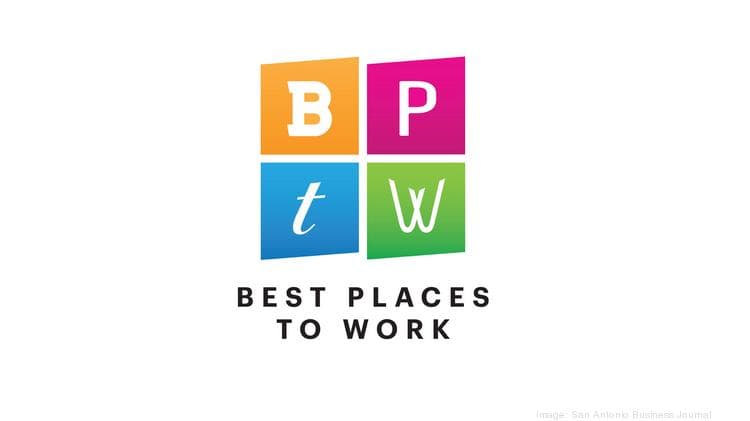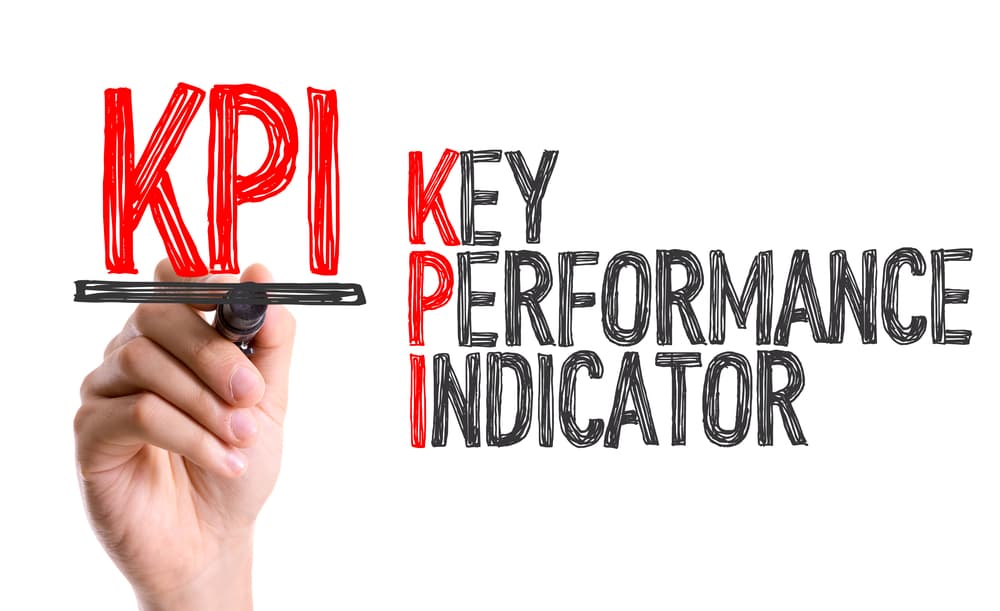People Analytics has emerged as a powerful tool for HR professionals, enabling evidence-based decision-making and strategic workforce management which has led to improved talent acquisition, employee experience, and overall organizational performance.
“Over the last several years, companies have spun up a flurry of activity, establishing or attempting to advance their people analytics strategy,” wrote Eric Lesser and Peter DeBellis for Deloitte last year. “Whether to gain insight into the productivity of a more distributed workforce, understand and address retention challenges, or inform more sophisticated workforce planning, companies have been investing in a range of people analytics solutions and technologies.”By leveraging HR metrics and advanced analytics techniques, organizations can unlock valuable insights, optimize HR initiatives, and drive positive business outcomes.
Defining People Analytics Tools
People analytics, often called HR analytics, is defined by Gartner as the collection and application of talent data to improve talent and business outcomes.
“People analytics leaders enable HR leaders to develop data-driven insights to inform talent decisions, improve workforce processes and promote positive employee experience,” says Gartner.
While Deloitte found pre-pandemic that 91 percent of organizations were using basic data-analysis tools, like spreadsheets, to manage, track, and analyze metrics like employee engagement, cost per hire, turnover rates, gender pay equity, and more, more companies today are relying on higher level people analytics tools.
TechTarget explains that people analytics tools apply math, statistics, and modeling to the candidate- and worker-related data or to see and predict patterns in all aspects of acquiring and managing employees.
“Using people analytics, HR departments can work alone or with data scientists to gain insights into areas such as talent pipeline issues, rate the effectiveness of retention efforts, understand employee performance and workforce productivity, and assess which wellness learning programs are working,” says TechTarget.
Good-bye Excel, Hello Crunchr: HR Analytics Tools Evolve
The days of people analytics tools referring to Excel spreadsheets are disappearing.
“People analytics, also known as HR analytics, is becoming more and more important for forward-thinking HR teams,” writes Phil Strazzulla, HR tech expert. “You can find tools specifically designed for data analysis and people insights as well as analytics packages built into other HR systems.”
SelectSoftware Review says in 2023 some of the top people analytics tools include:
- Crunchr: Highly Intuitive People Analytics Platform
- ChartHop: Org Chart Software With Analytics Features
- Lattice: Diversity-Focused People Analytics Platform
- OrgVue: Analytics Platform with Workforce Monitoring
- splashBI: Easy-to-Use Data Visualization Analytics Tool
- Tableau: Top-Rated Data Tool for Analytics
- Sisense: Analytics Platform with Solid AI & Reporting Capabilities
- Visier People: AI-Powered, Top-Notch Services
- Orgnostic: People Analytics Software with Storytelling Feature
- One Model: One-Stop Shop for People Analytics
Deloitte says that by advancing their people analytics strategy companies can “look to have a direct impact on key cost and revenue drivers, improve organizational decision making, and more effectively apply their human capital analytics to differentiate themselves from competitors in the market.”
People Analytics Tools in Acton: Common Applications
People analytics has a wide range of applications across various HR domains. Here are some of the most common ways that companies and businesses utilize people analytics tools:
Recruiting and Talent Acquisition
- Identifying and Sourcing Top Talent: People analytics helps organizations identify the most effective channels for attracting high-quality candidates and optimizing their recruitment strategies.
- Candidate Selection and Assessment: By analyzing data from application materials, assessments, and interviews, organizations can identify patterns of successful hires and refine their candidate selection processes.
- Diversity and Inclusion: People analytics can help monitor diversity metrics and identify potential biases in the recruitment process, enabling organizations to make data-driven decisions to foster a more inclusive workforce.
Performance Management
- Goal Setting and Performance Metrics: People analytics assists in setting meaningful and achievable performance goals, tracking progress, and aligning individual and team objectives with overall organizational goals.
- Performance Evaluation and Feedback: By analyzing performance data, organizations can provide objective feedback to employees, identify areas for improvement, and implement targeted development plans.
- High-Performance Identification: People analytics helps identify high-performing employees, enabling organizations to recognize and reward their contributions effectively.
Compensation and Rewards
- Pay Equity Analysis: People analytics enables organizations to analyze compensation data to ensure fairness and equity in pay structures, identify any gender or diversity pay gaps, and make necessary adjustments.
- Variable Pay and Incentives: By analyzing performance and business outcomes, people analytics supports the design and implementation of effective variable pay and incentive programs that align with organizational goals.
Succession Planning and Talent Development:
- Identifying High-Potential Employees: People analytics can identify employees with high potential for future leadership roles based on their performance, skills, and career progression.
- Skills and Competency Mapping: By analyzing employee skills and competencies, organizations can identify skill gaps, design targeted training programs, and develop succession plans to ensure a robust talent pipeline.
Retention Planning and Employee Engagement:
- Turnover Prediction and Analysis: People analytics can help organizations identify factors that contribute to employee attrition, predict turnover risks, and implement proactive retention strategies.
- Employee Engagement Analysis: By analyzing employee engagement survey data and other indicators, organizations can understand the drivers of employee engagement, identify areas of improvement, and design targeted interventions to enhance employee satisfaction and commitment.
Workforce Planning and Organizational Design:
- Workforce Demand and Supply Forecasting: People analytics assists in predicting future talent needs based on business projections, demographics, and turnover rates, enabling organizations to proactively plan their workforce strategies.
- Organizational Design and Restructuring: By analyzing employee data, job roles, and performance metrics, people analytics can provide insights to optimize organizational structures, align teams, and improve overall efficiency.
It is important to note that the applications of People Analytics can vary depending on the organization’s industry, size, and specific business needs. The key is to leverage data and analytics to inform decision-making and drive continuous improvement across HR processes.
The Benefits of People Analytics Tools
By integrating HR metrics with advanced analytics techniques, people analytics enables organizations to identify patterns, uncover correlations, and predict future outcomes, thus empowering HR professionals to make data-driven decisions.
The benefits of people Analytics tools for employers and employees include:
- Strategic Workforce Planning: People analytics helps organizations forecast their future talent needs, identify skill gaps, and develop effective recruitment and retention strategies.
- Improved Talent Acquisition: By leveraging data insights, employers can optimize their hiring processes, refine job descriptions, and make more informed candidate selection decisions.
- Enhanced Employee Experience: People analytics allows employers to identify factors that contribute to employee satisfaction, engagement, and well-being, enabling targeted interventions to improve the overall employee experience.
- Performance Optimization: By analyzing performance metrics, organizations can identify top performers, develop targeted training programs, and foster a culture of continuous improvement.
- Data-Driven Decision-making: People analytics provides evidence-based insights that guide strategic HR decisions, leading to better business outcomes and increased competitiveness.
Potential Pitfalls to Implementing People Analytics Tools
There are some pitfalls to implementing people analytics tools with Deloitte finding that “only 18 percent of companies have moved to a higher maturity level at which they are applying broader approaches and advanced tools, along with increased consultative skills and customer centricity in support of critical business challenges.”
The main hurdles, according to Deloitte are:
- Lack of Focus on Pressing Issues: Pilot projects often fall into a “safe zone” and miss a clear connection to strategic value.
- Difficulty Communicating Insights: A disconnect between the people analytics team and its audience can bring projects to a halt.
- Overcoming Executive Bias: Projects must overcome senior leaders who pride themselves on “trusting their instincts” vs. utilizing analytics.
- Scaling Existing Technology: Investing in analytics technology is needed to ensure the success of projects.
Other issues to consider that can hinder the implementation of people analytics tools include:
- Privacy and Ethical Concerns: Collecting and analyzing employee data raises privacy concerns. Organizations must ensure compliance with data protection regulations and maintain transparent communication with employees regarding data usage. Ethical considerations must also be addressed to prevent potential biases or discriminatory practices in decision-making processes.
- Data Quality and Accuracy: People analytics heavily relies on the quality and accuracy of the data being analyzed. Inaccurate or incomplete data can lead to flawed insights and decisions.
- Over-Reliance on Quantitative Data: People Analytics predominantly focuses on quantitative data, such as performance metrics, turnover rates, and engagement scores. While these metrics provide valuable insights, they may not capture the full complexity of human behavior, emotions, and subjective experiences. It is crucial to complement quantitative data with qualitative insights obtained through employee feedback, surveys, and qualitative research methods.
- Risk of Oversimplification: People analytics can simplify complex human dynamics into measurable metrics and statistical models. However, it is important to recognize that human behavior is multifaceted and influenced by various factors that may not be fully captured by analytics alone.
- Resistance and Employee Perception: The introduction of people analytics may face resistance from employees who feel their privacy is being compromised or that decisions are being made solely based on data without considering individual circumstances. Clear communication, transparency, and involvement of employees in the process are crucial to addressing these concerns and ensuring their buy-in.
- Talent and Expertise Requirements: Implementing people analytics requires a skilled workforce capable of handling complex data analysis, interpretation, and decision-making. Organizations may need to invest in training programs or recruit data-savvy HR professionals to leverage the full potential of people analytics.
Utilizing a trusted PEO is also another option as a stress-free HR services provider such as Employer Flexible can provide valuable insight and reliable guidance in choosing and implementing the right people analytics tools for your organization.






